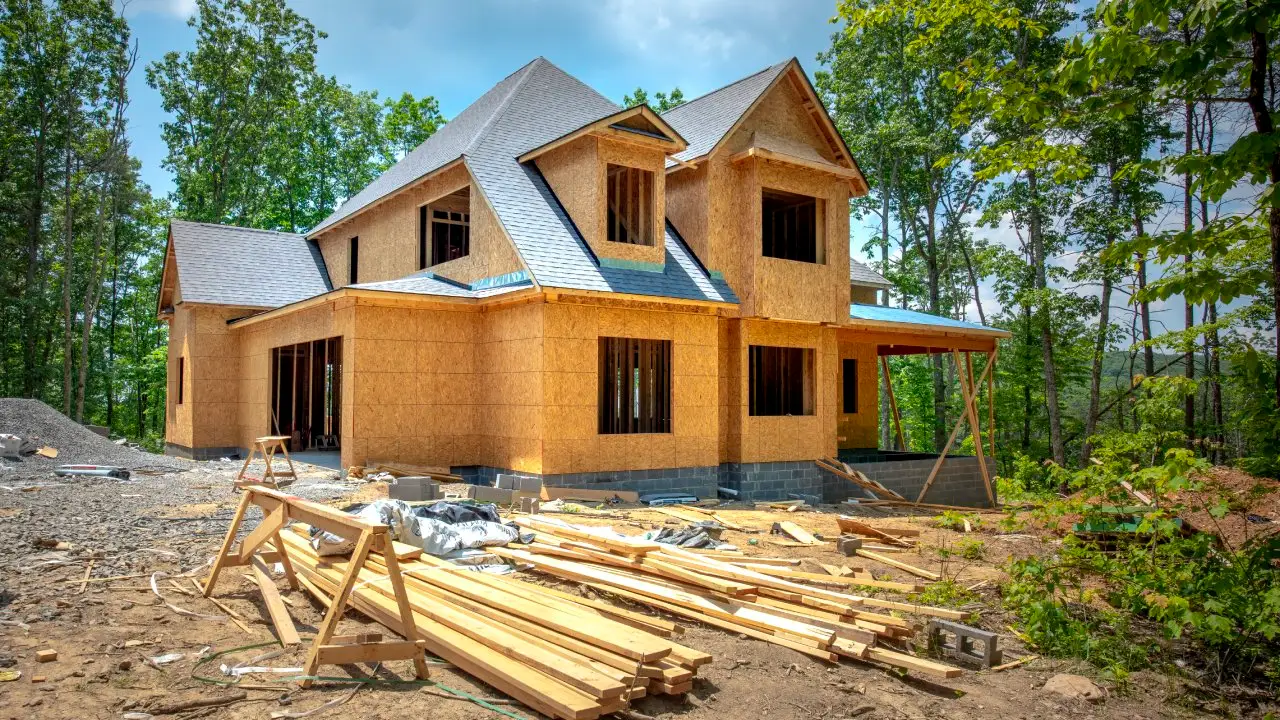Similar to other industries, the ongoing labor shortage crisis in the United States is detrimentally impacting construction activities in both the residential and commercial sector. According to the Bureau of Labor Statistics, the turnover rate for the construction industry since 2021 has risen to 56%. And while the national unemployment rate ranges between 0.4% to 7.5%, the unemployment rate for construction is roughly four times the national average (See, Associated Builders and Contractors, Markenstein Advisors Report dated July 28, 2023). 73% of workers preferred to stay in a remote work environment, and another 40% of the global workforce has elected to voluntarily remove themselves from the workplace. (See, 2021 Microsoft Work Index). In particular with the construction industry, employment rates have returned to pre-pandemic levels hovering around 12% unemployment in 2020 to 6% in 2022. (See, Joint Center for Housing Studies at Harvard University, Carlos Martin).
So where did all the workers go? During the height of the 2020 Covid-19 Pandemic and for the next few years, the county experienced what most people are calling “The Great Resignation”. May people took jobs with better pay and better alignment with their values. Approximately 40% stated a new business. Many elected to become stay-at-home parents forgoing a paycheck to raise their families while the other spouse works, especially due to the rising costs of childcare. About 1 in every 4 baby-boomers retired. Others took part-time employment, entered military service or left the workforce due to disability or injury. (See, Bloomberg Businessweek).
Impact on Construction Activities Due to the Labor Shortage
The construction industry experienced a significant detrimental impact due to the lack of workers and lack of skilled professionals for these projects. Some of the issues that have arose include:
- Less Overall Manpower for Construction Projects
- Abandoned Projects
- Delays, Overages, Extended Time Required to Complete the Project
- Supply Chain Issues and Lack of Critical Component Parts
- Delivery Issues
- Increased Construction Accidents and Site Injuries Due to Lack of Critical Supervision and Safety Protocols
- Less Attention to Detail and Compliance with Plans/Specifications
- Less Quality Control/Quality Assurance and overall less quality construction
- Less Experienced, Skills and Trained Workers
- The “Pipeline Problem” – no new talent coming into the workforce; less ability to train
- Decreased Workforce Stability and Continuity – High Turnover Rate
- Many workers have 2nd jobs/multiple projects contemporaneously – stretched thin
- Increased use of technology aimed at eliminating manpower but too “new” and untested
Solutions to Curb the Labor Crisis in the Construction Industry
While it is easy to identify the numerous problems facing the construction industry due to increased labor shortages, there are some practical solutions that can be implemented to help address and partially resolve this crisis:
- RECRUITMENT – recruit from the high school level to enroll graduates into trade schools and apprenticeship programs with the construction trades. Make the industry an attractive alternative to colleges. Rather than accumulate a large college debt, high school graduates can directly enter the workforce in the construction industry and begin earning a salary that will be comparable to the college graduate after four years. And focus on continued retention of employees including rewards/acknowledgment and proper compensation.
- TRAINING – improve both in-class and on-the-job training for the construction workers. Provide mentoring, apprenticeship programs, and in-field instruction. Develop the future skilled workers who can then provide training to the next generation (resolving the “Pipeline Problem”) and ensuring quality construction on the jobsite. Provide cross-training, leadership development, engagement, and community/industry participation (Ex. Trade Unions, Construction Industry Associations, etc.). And provide opportunities for outside training including seminars, conferences, college and trade studies and education through involvement in professional organizations.
- CULTURE – create a workplace environment that caters to today’s workers. Allow for hybrid and flexible work schedules, invite collaboration and mentorship, and allow for work-life balance and manageable workloads. Provide team building opportunities and social engagement in the workplace. And establish practical Diversity, Equity and Inclusion Initiatives for the companies to attract and keep talented construction employees.
- CREATE A SUCCESSION PLAN – Continuously develop training and leadership programs to cultivate the next generation of leaders, supervisors, and managers in the company. Encourage the more senior personnel to delegate responsibilities to the upcoming generation of workers. Establish a viable pathway for growth and promotion within the construction company.
- EMBRACE TECHNOLOGY – As more construction technologies are onboarded into the workplace, there will be an increased need for technicians, programmers, and other personnel to interface between the construction jobsite and the technology. This will create opportunities for new jobs, additional manpower, and additional site supervision to ensure the success of these new products for the construction industry.
While the construction industry is suffering from the same ailments as most industries, it has a real opportunity to make working in construction an attractive and lucrative option for many unemployed people looking for a viable career alternative. By implementing some or all of the above solutions, we are hopeful that the construction industry will weather the storm of the labor crisis and get back to pre-pandemic days with ample skilled, trained and qualified construction workers within the trades improving the overall quality of construction throughout the country.




